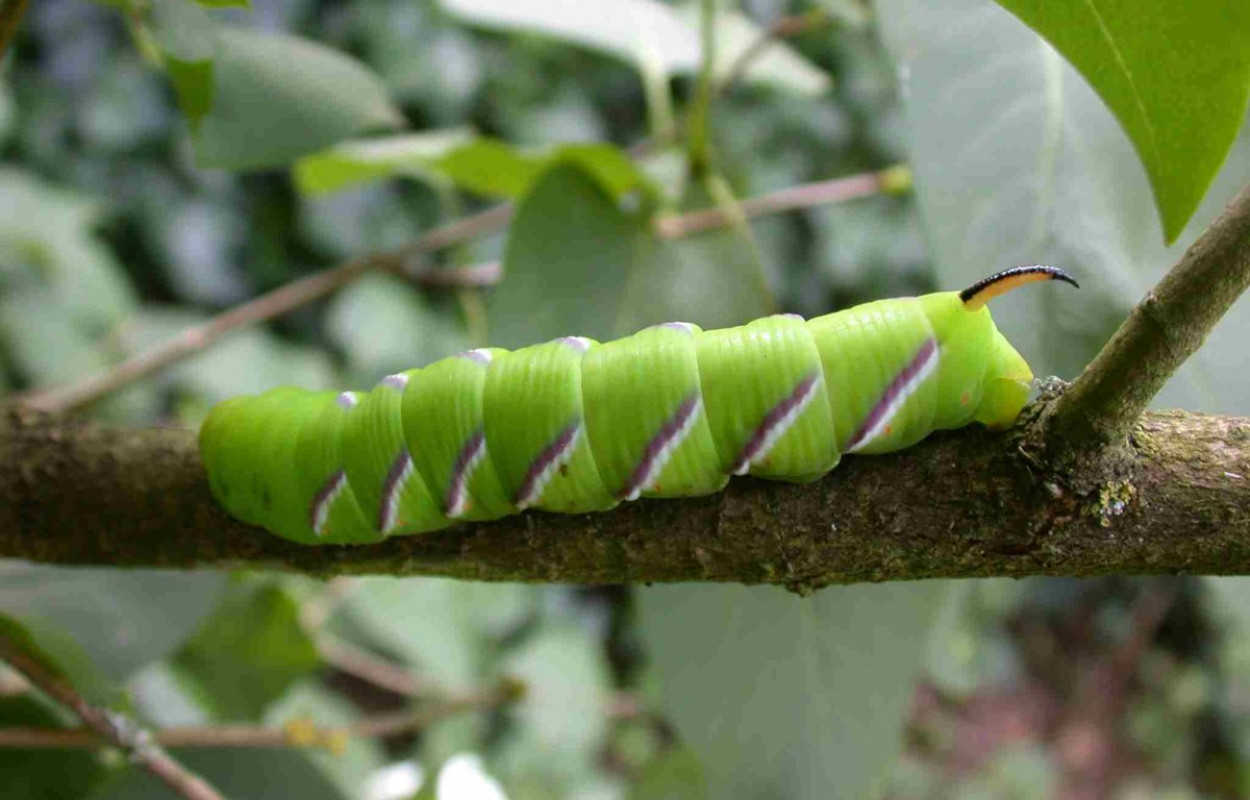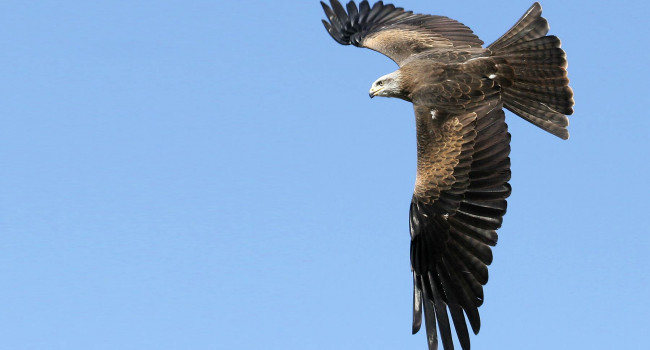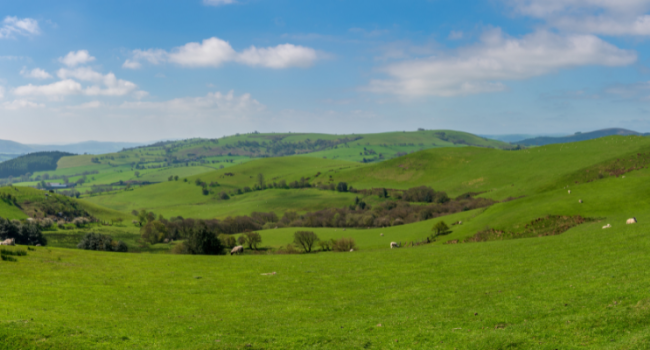An indicator highlights seasonal variation in the response of Lepidoptera communities to warming

Author(s): Martay, B., Monteith, D.T., Brewer, M.J., Brereton, T., Shortall, C.R. & Pearce-Higgins, J.W.
Published: December 2016
Journal: Ecological Indicators Volume: 68
Digital Identifier No. (DOI): 10.1016/j.ecolind.2016.01.057
Data from the UK Butterfly Monitoring Scheme and the Rothamsted Insect Survey were used to calculate population trends over a 35 year period and to model each species’ population response to seasonal temperatures. These estimates of species’ responses to temperature can be used to describe communities according to how they have been shaped by temperature - the Community Temperature Response (CTR). A rise in CTR occurs when populations of species which ‘do better’ in warmer conditions increase in abundance more than populations of species whose populations ‘like’ it cold. Using twenty years of butterfly and moth data from twelve UK Environmental Change Network sites run by the Centre for Ecology and Hydrology we tested whether this indicator could track spatial and temporal climate-driven community change.
The authors, led by Blaise Martay, predicted that moth and butterfly communities in warmer sites and years would contain more individuals of species that increase in response to rising temperatures, than those in the colder sites and years. Although they didn’t find this relationship if species’ response to annual temperature was used to describe the community, they instead found that communities were shaped by seasonal temperatures. In particular, moth communities were influenced most by summer temperature while winter temperature was the strongest driver of butterfly communities.
Importantly, this shows that the CTR indicator can effectively indicate the biological impacts of climate change over time. Seasonal as well as annual temperatures must therefore be considered when predicting species’ vulnerability to climate change. It has been previously assumed that British butterflies will be fairly resilient to climate change because temperatures in Britain are colder than in much of their European range and populations tend to increase in response to warmer summer weather. However, as winter temperatures were found to be the main driver of butterfly community change, British butterflies may be more vulnerable to climate change than previously thought.








Share this page